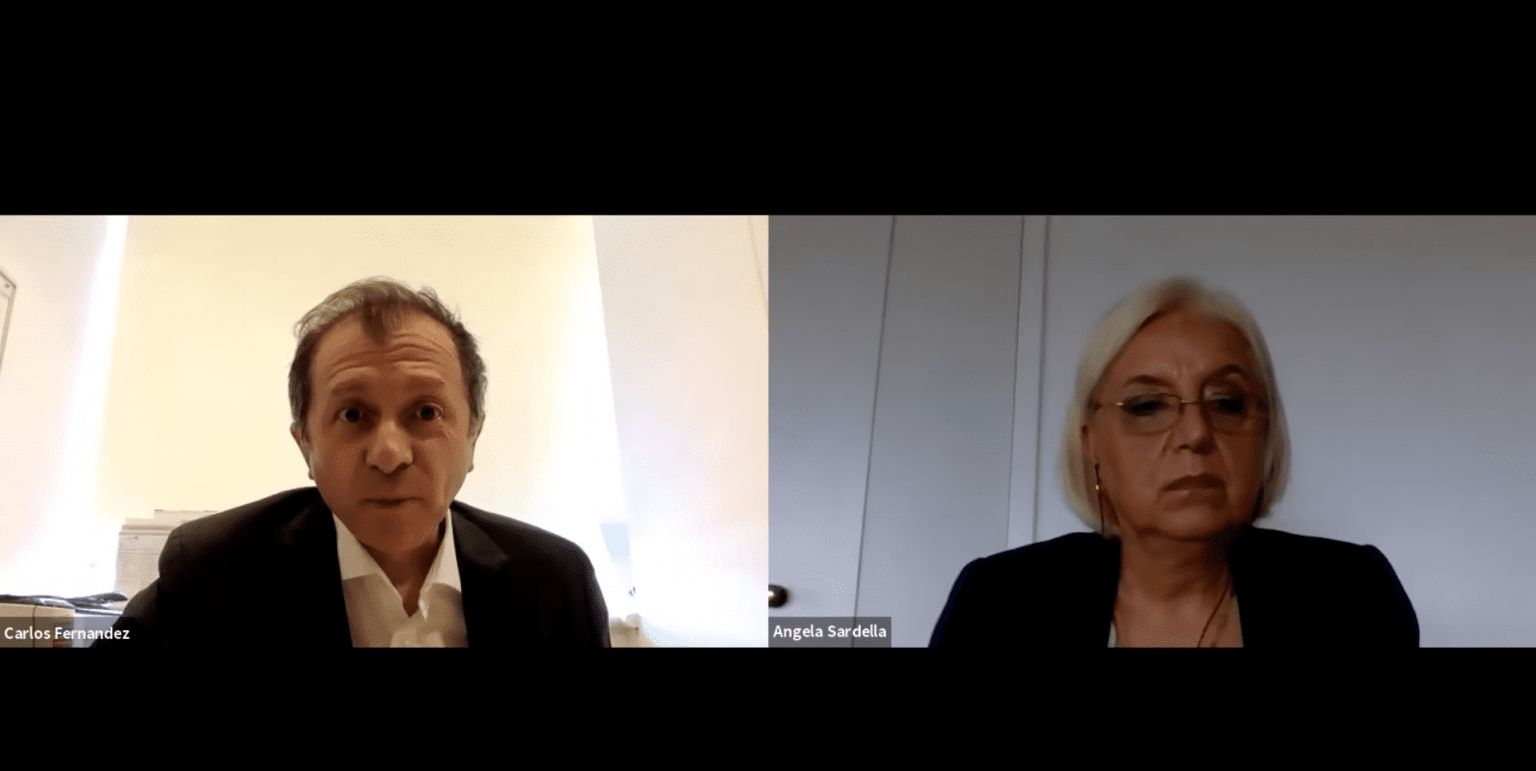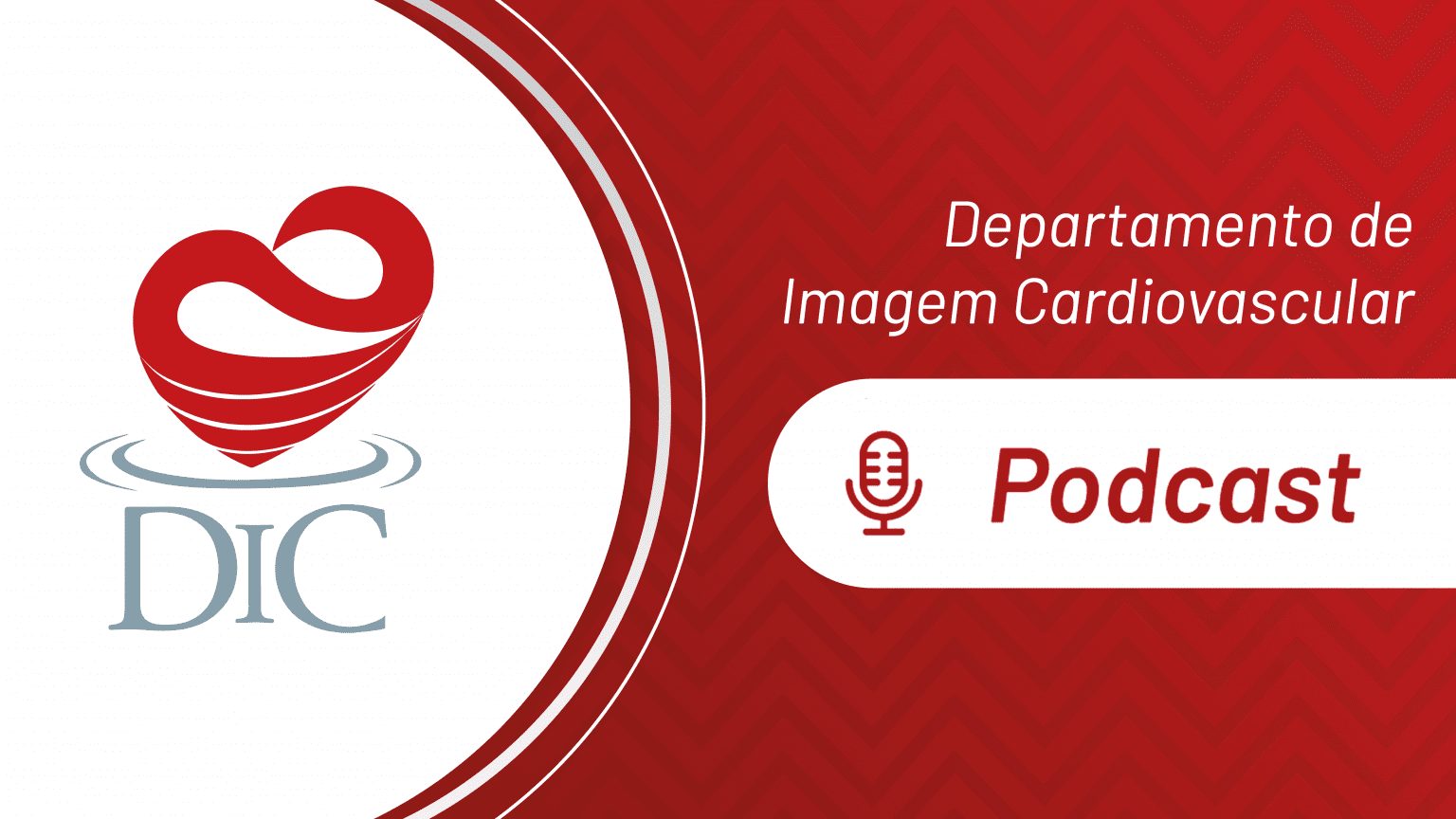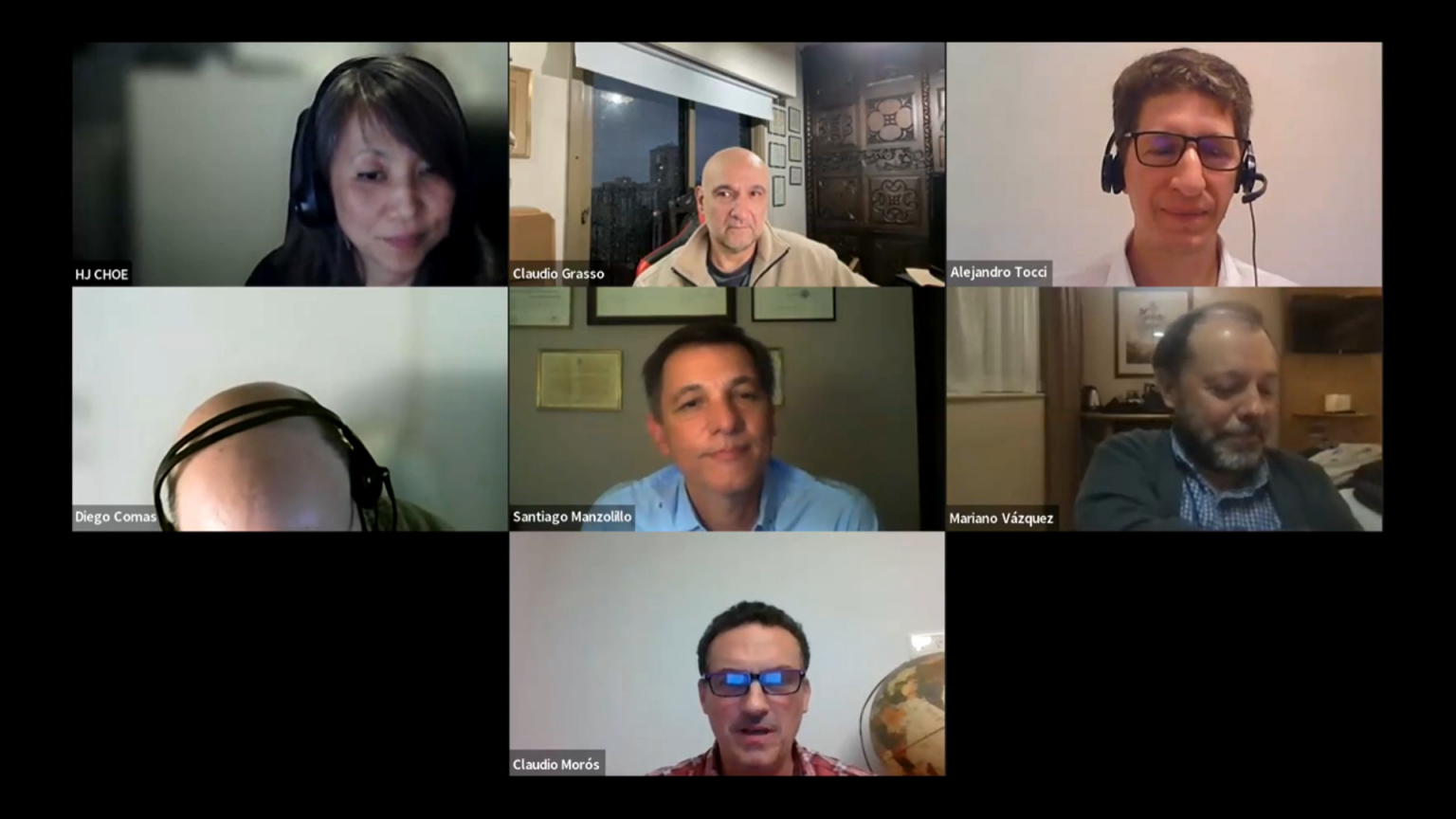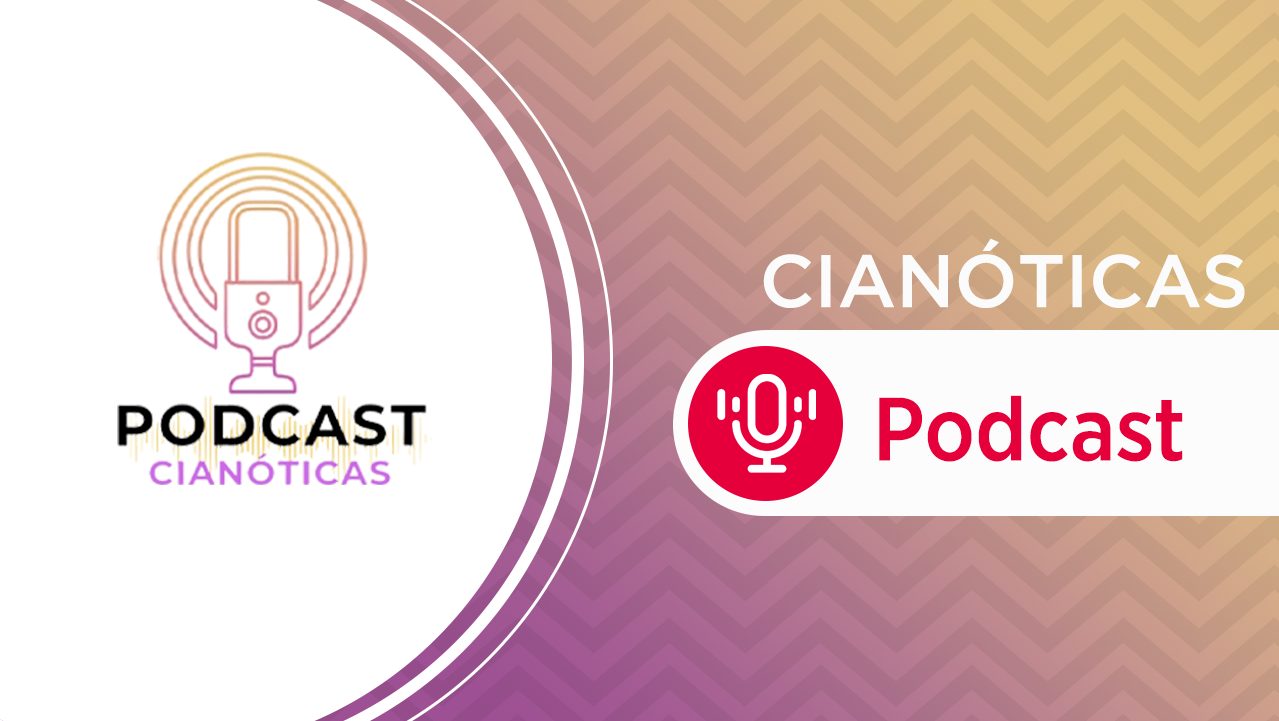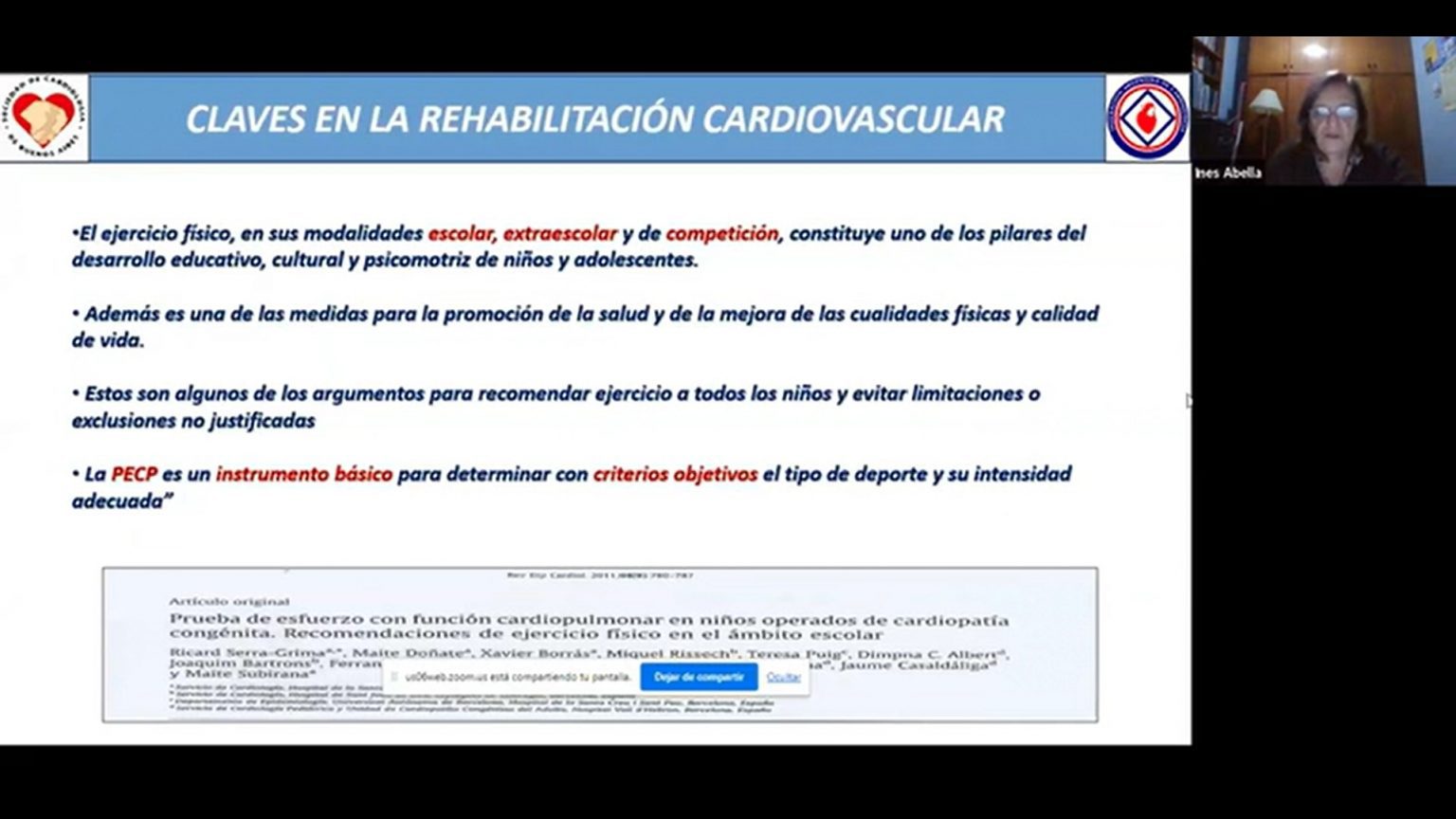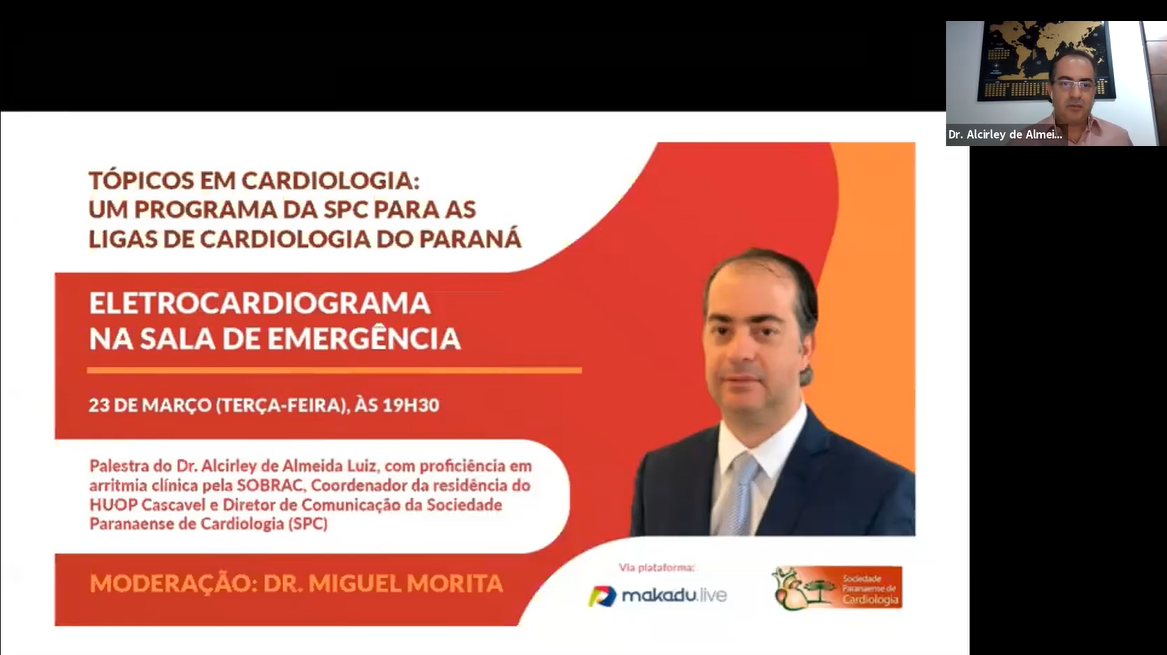“Conversas sobre Hipertensão” – o Podcast do DHA / SBC – Sonolência diurna e incidência de novos casos de hipertensão
Sobre este conteúdo
Research Article
Originally Published 4 September 2024
Association of Snoring and Daytime Sleepiness With Subsequent Incident Hypertension: A Population-Based Cohort Study
Pauline Balagny https://orcid.org/0000-0002-6038-3707 [email protected], Emmanuelle Vidal-Petiot https://orcid.org/0000-0001-9356-7302, Sofiane Kab https://orcid.org/0000-0001-6041-9602, Justine Frija https://orcid.org/0000-0001-5575-3913, Philippe Gabriel Steg https://orcid.org/0000-0001-6896-2941, Marcel Goldberg https://orcid.org/0000-0002-6161-5880, Marie Zins https://orcid.org/0000-0002-4540-4282, Marie-Pia d’Ortho https://orcid.org/0000-0003-3119-0970, and Emmanuel WiernikAuthor Info & Affiliations
Hypertension
Volume 81, Number 11
https://doi.org/10.1161/HYPERTENSIONAHA.124.23007
BACKGROUND:
There is a strong association between obstructive sleep apnea and hypertension, but the effects of obstructive sleep apnea symptoms on the risk of incident hypertension are not well documented. The aim of this prospective study was to examine whether snoring and sleepiness are associated with incident hypertension.
METHODS:
Data from the French population-based CONSTANCES cohort were analyzed. Normotensive participants, aged 18 to 69 years, were included between 2012 and 2016 and screened for snoring, morning fatigue, and daytime sleepiness in 2017 using items of the Berlin Questionnaire. We used Cox models, adjusted for multiple potential confounders, including body mass index, baseline blood pressure, sleep duration, and depressive symptoms, to compute hazards ratios of incidentally treated hypertension.
RESULTS:
Among 34 727 subjects, the prevalence of self-reported habitual snoring, morning fatigue, and excessive daytime sleepiness (≥3× a week for each) was 23.6%, 16.6%, and 19.1%, respectively. During a median follow-up of 3.1 years (interquartile range, 3.0–3.5), the incidence of treated hypertension was 3.8%. The risk of de novo treated hypertension was higher in participants who reported habitual snoring (adjusted hazard ratio, 1.17 [95% CI, 1.03–1.32]) and excessive daytime sleepiness (adjusted hazard ratio, 1.42 [95% CI, 1.24–1.62]), and increased with the weekly frequency of symptoms, with a dose-dependent relationship (Ptrend≤0.02 for all symptoms).
CONCLUSIONS:
Self-reported snoring and excessive daytime sleepiness are associated with an increased risk of developing hypertension. Identification of snoring and daytime sleepiness may be a useful public health screening tool in primary care for hypertension prevention.
Research Article
Originally Published 4 September 2024
Association of Snoring and Daytime Sleepiness With Subsequent Incident Hypertension: A Population-Based Cohort Study
Pauline Balagny https://orcid.org/0000-0002-6038-3707 [email protected], Emmanuelle Vidal-Petiot https://orcid.org/0000-0001-9356-7302, Sofiane Kab https://orcid.org/0000-0001-6041-9602, Justine Frija https://orcid.org/0000-0001-5575-3913, Philippe Gabriel Steg https://orcid.org/0000-0001-6896-2941, Marcel Goldberg https://orcid.org/0000-0002-6161-5880, Marie Zins https://orcid.org/0000-0002-4540-4282, Marie-Pia d’Ortho https://orcid.org/0000-0003-3119-0970, and Emmanuel WiernikAuthor Info & Affiliations
Hypertension
Volume 81, Number 11
https://doi.org/10.1161/HYPERTENSIONAHA.124.23007
BACKGROUND:
There is a strong association between obstructive sleep apnea and hypertension, but the effects of obstructive sleep apnea symptoms on the risk of incident hypertension are not well documented. The aim of this prospective study was to examine whether snoring and sleepiness are associated with incident hypertension.
METHODS:
Data from the French population-based CONSTANCES cohort were analyzed. Normotensive participants, aged 18 to 69 years, were included between 2012 and 2016 and screened for snoring, morning fatigue, and daytime sleepiness in 2017 using items of the Berlin Questionnaire. We used Cox models, adjusted for multiple potential confounders, including body mass index, baseline blood pressure, sleep duration, and depressive symptoms, to compute hazards ratios of incidentally treated hypertension.
RESULTS:
Among 34 727 subjects, the prevalence of self-reported habitual snoring, morning fatigue, and excessive daytime sleepiness (≥3× a week for each) was 23.6%, 16.6%, and 19.1%, respectively. During a median follow-up of 3.1 years (interquartile range, 3.0–3.5), the incidence of treated hypertension was 3.8%. The risk of de novo treated hypertension was higher in participants who reported habitual snoring (adjusted hazard ratio, 1.17 [95% CI, 1.03–1.32]) and excessive daytime sleepiness (adjusted hazard ratio, 1.42 [95% CI, 1.24–1.62]), and increased with the weekly frequency of symptoms, with a dose-dependent relationship (Ptrend≤0.02 for all symptoms).
CONCLUSIONS:
Self-reported snoring and excessive daytime sleepiness are associated with an increased risk of developing hypertension. Identification of snoring and daytime sleepiness may be a useful public health screening tool in primary care for hypertension prevention.
Participantes:
Comentários
Curso de Tópicos Avançados em ECG para o Cardiologista
Comentários
Deixe um comentário Cancelar resposta
Você precisa fazer o login para publicar um comentário.


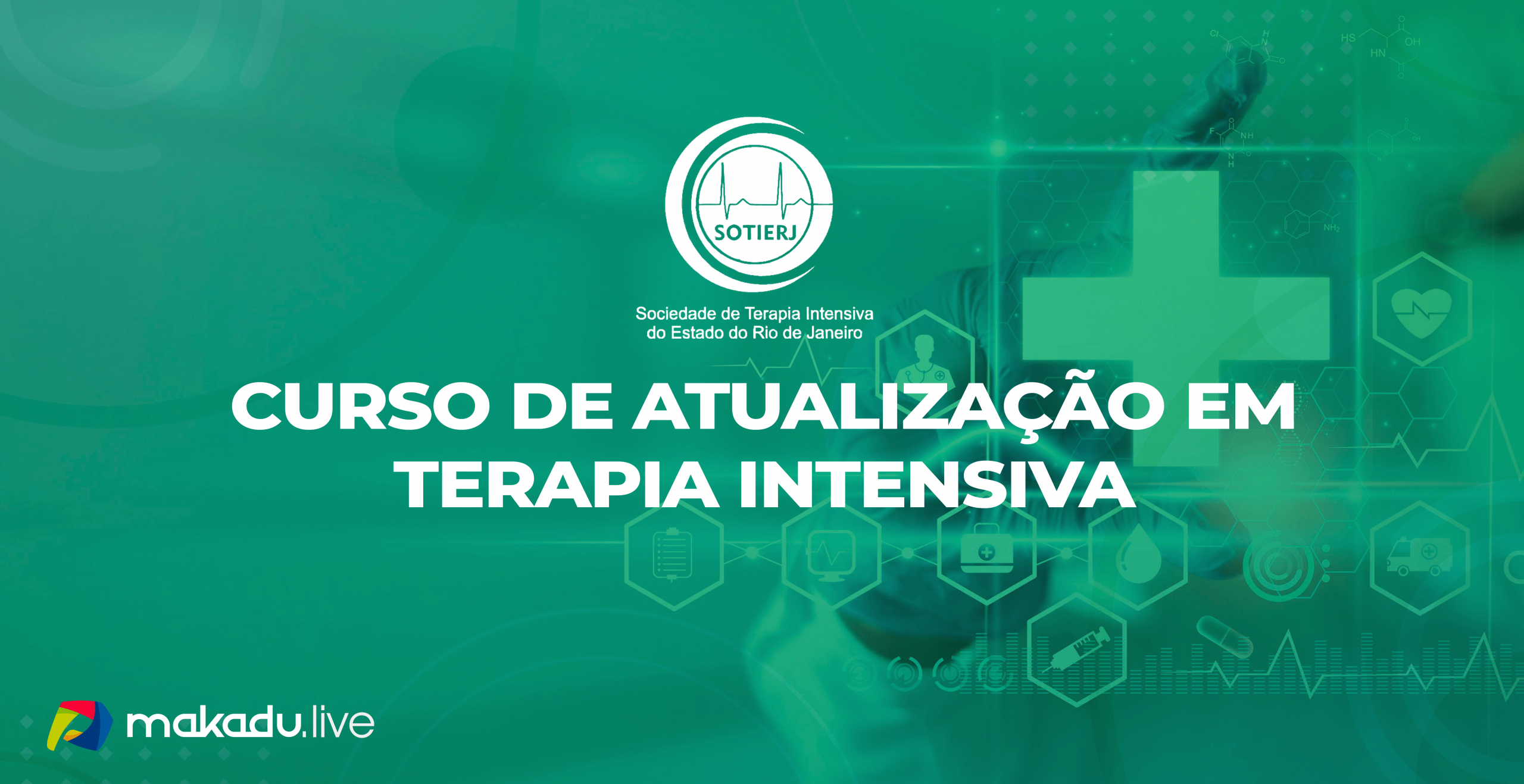
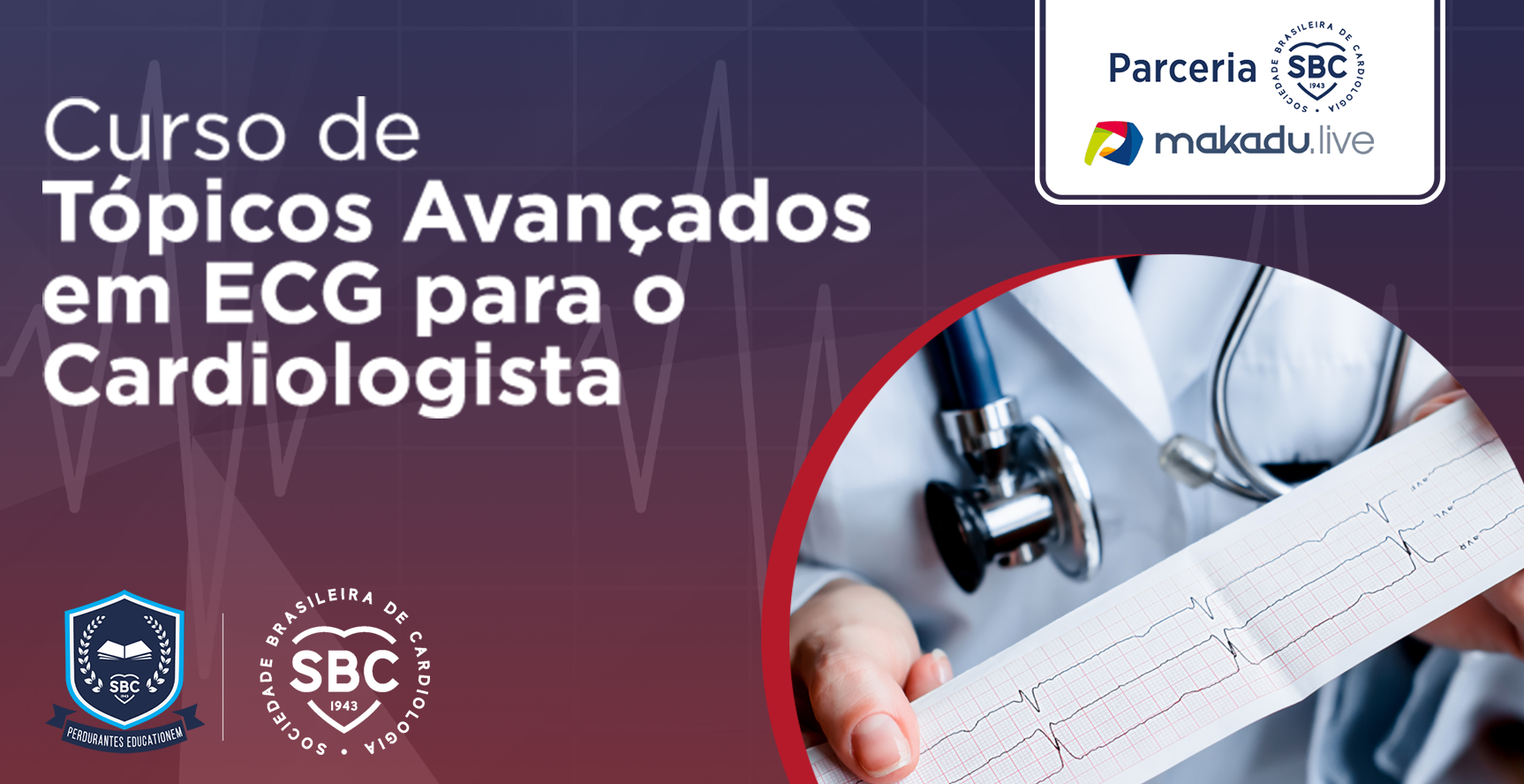
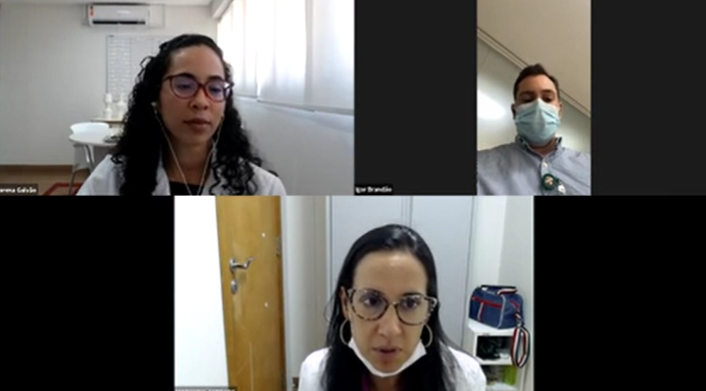
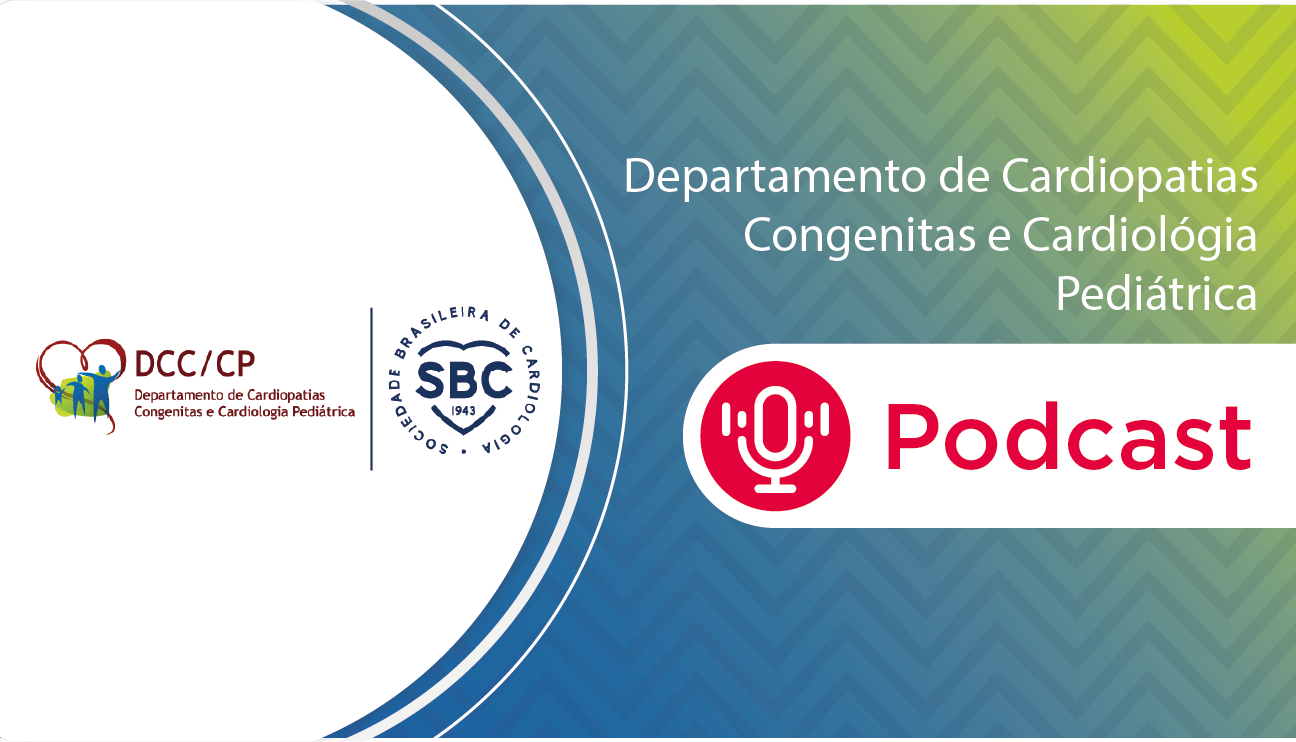
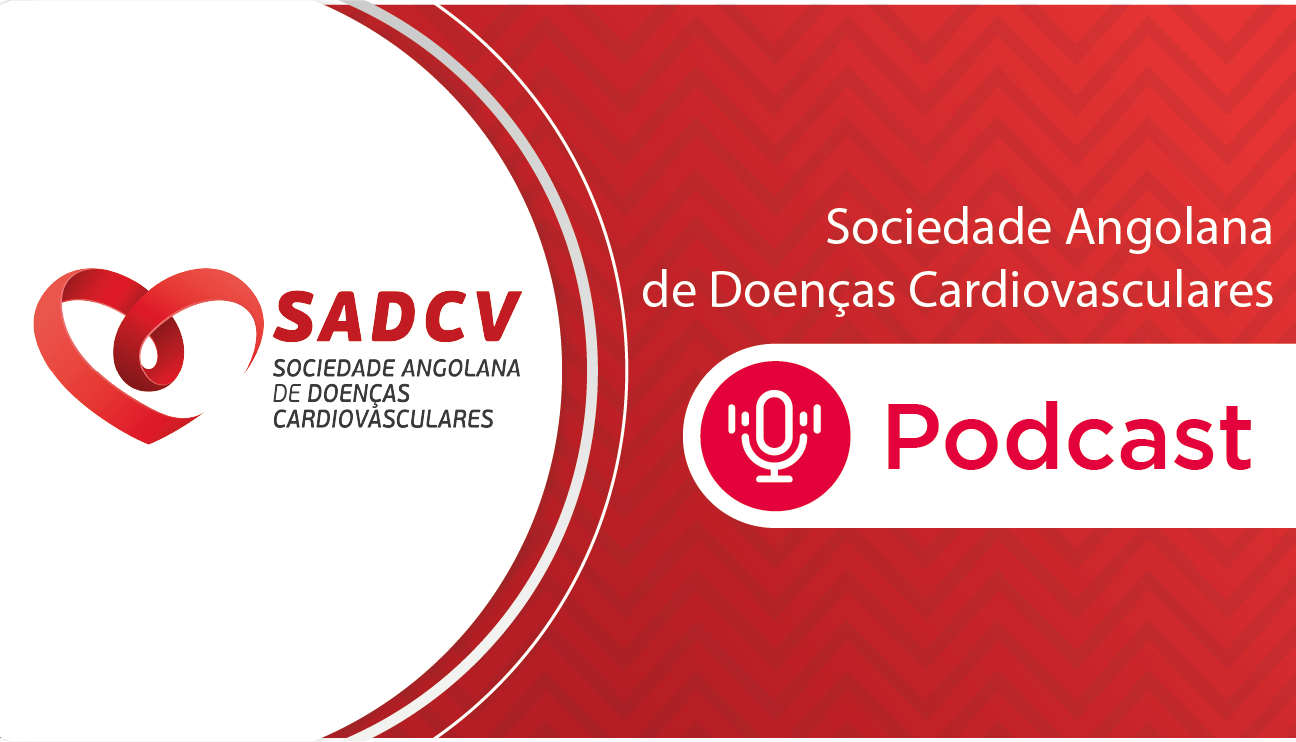
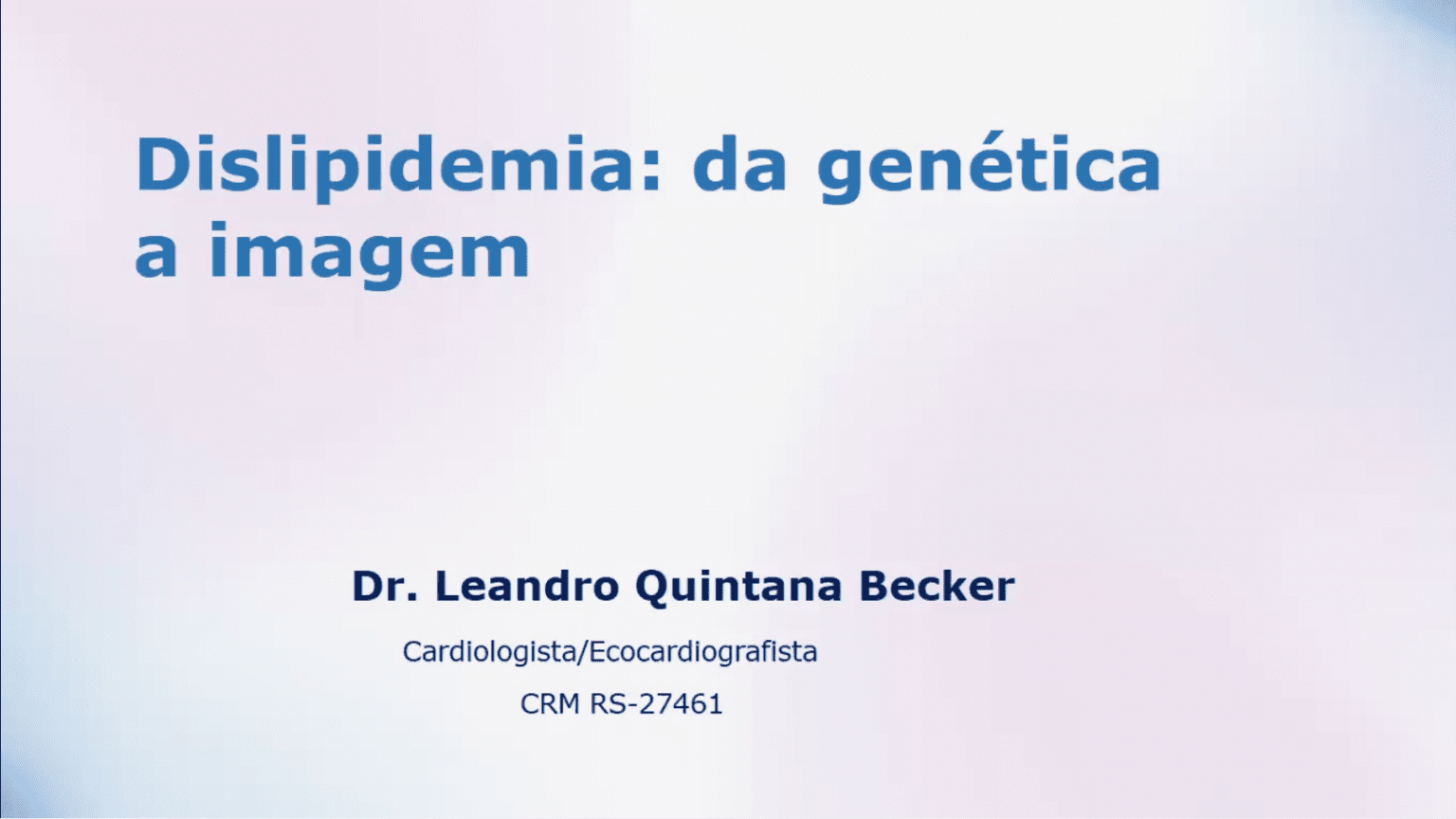
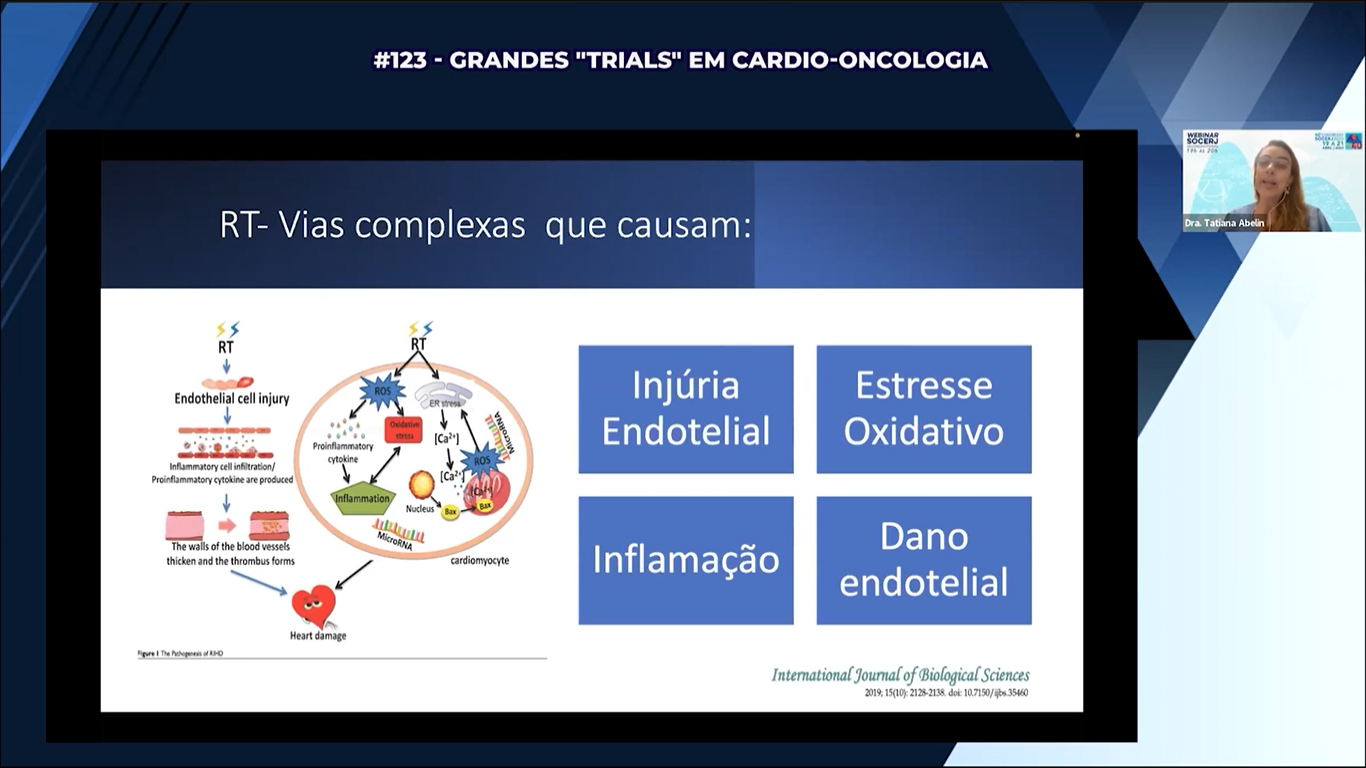
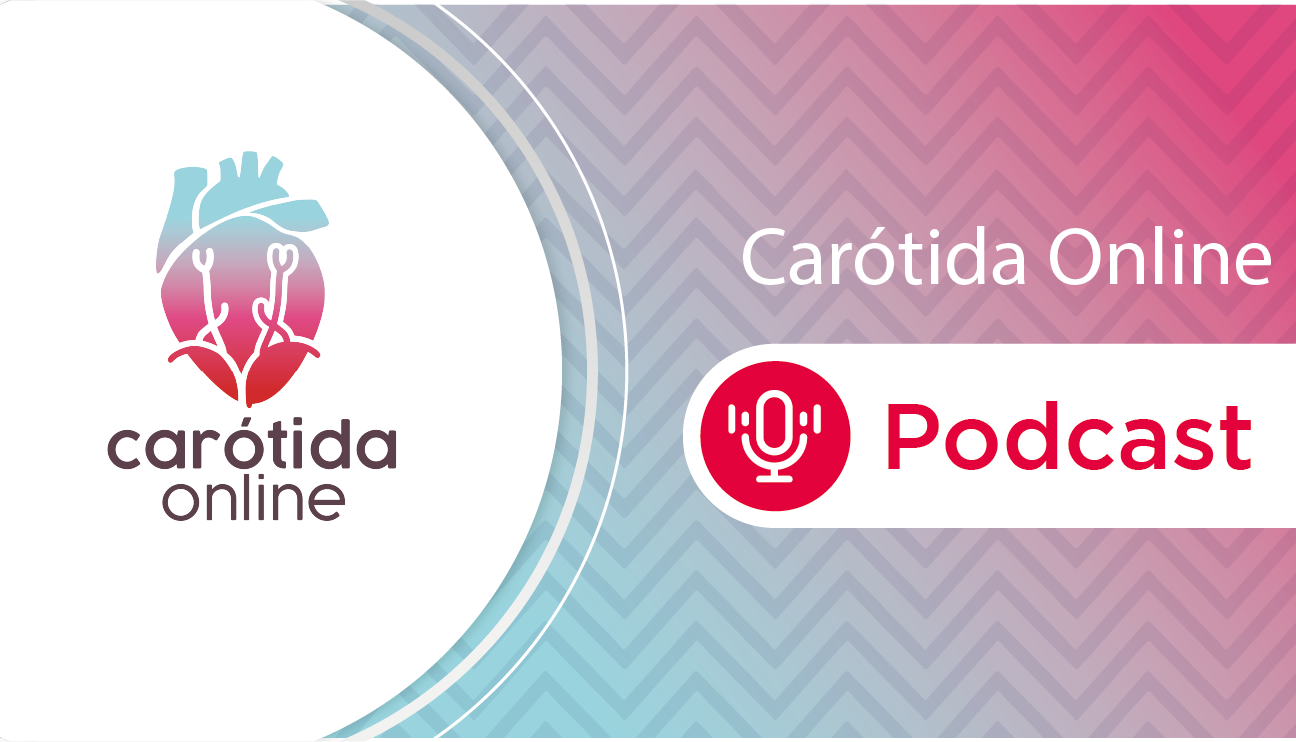
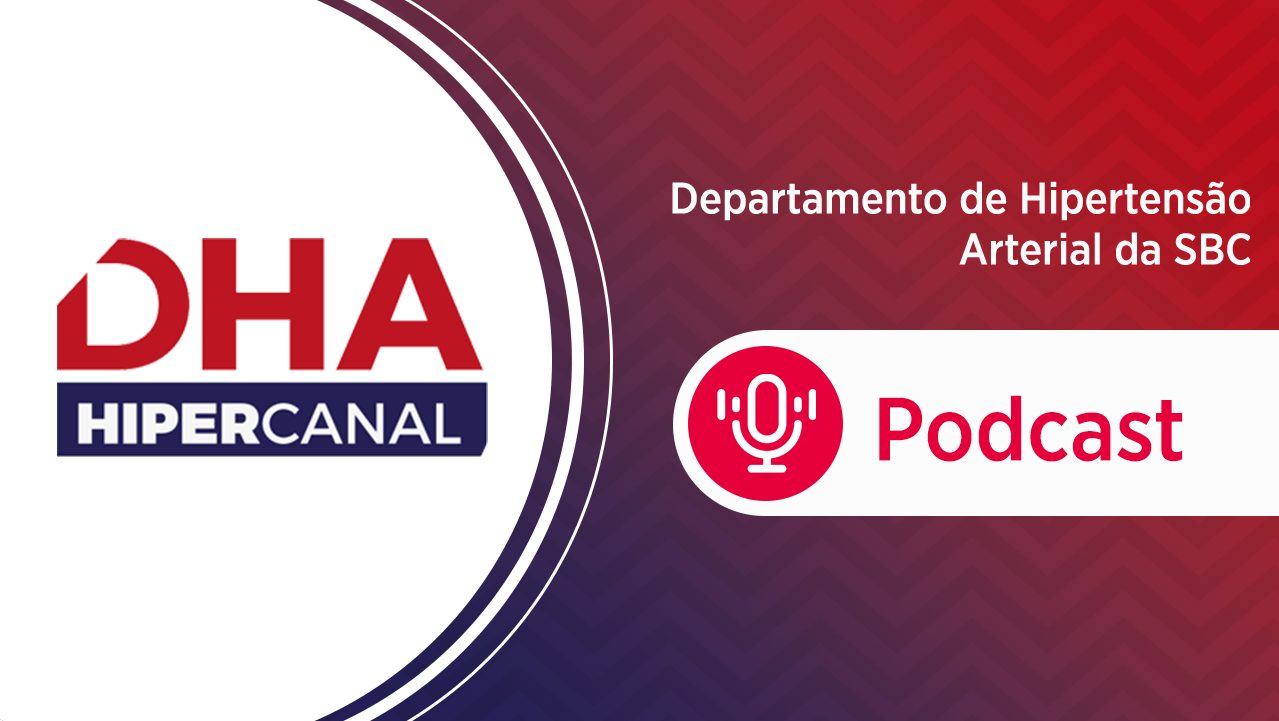
![[Dcc/Cp] Cardiopatias Adquiridas Na Faixa Etária Pediátrica E Suas Sequelas [Dcc/Cp] Cardiopatias Adquiridas Na Faixa Etária Pediátrica E Suas Sequelas](https://makadu.live/packages/uploads/2020/09/dcc-cp-cardiopatias-adquiridas-n-1.jpg)
